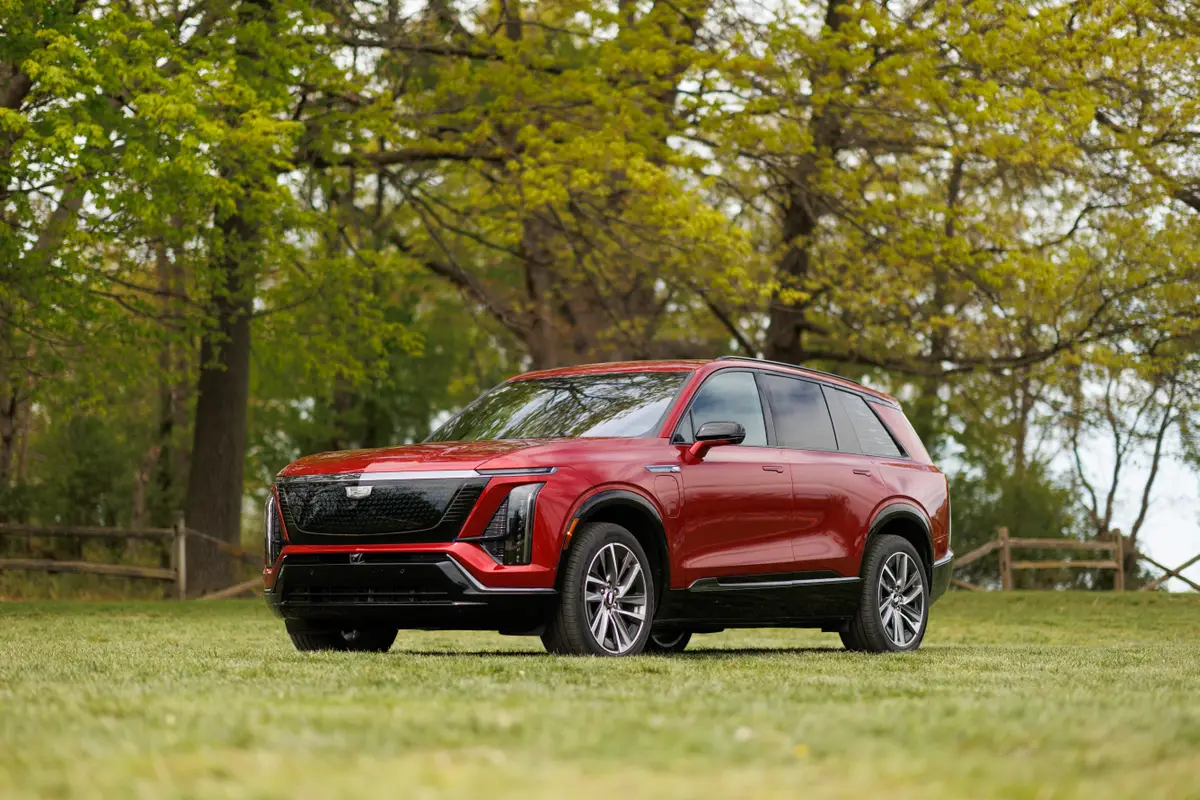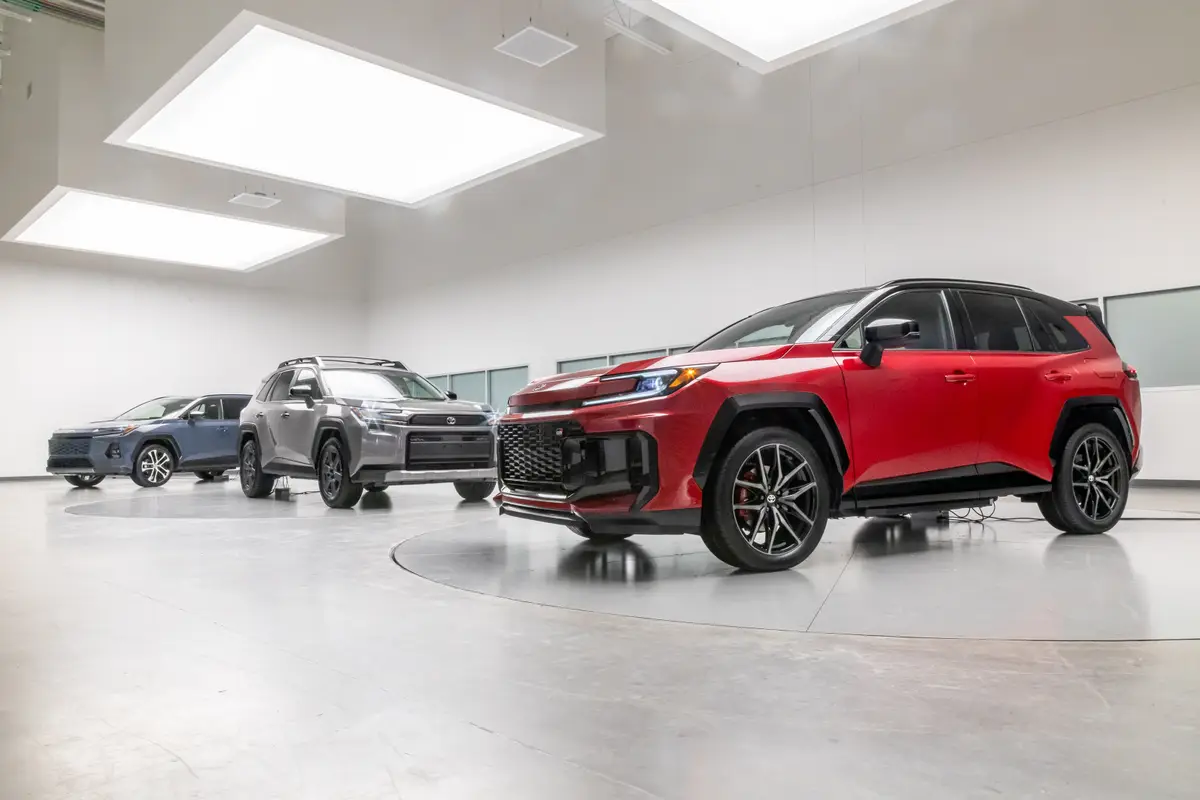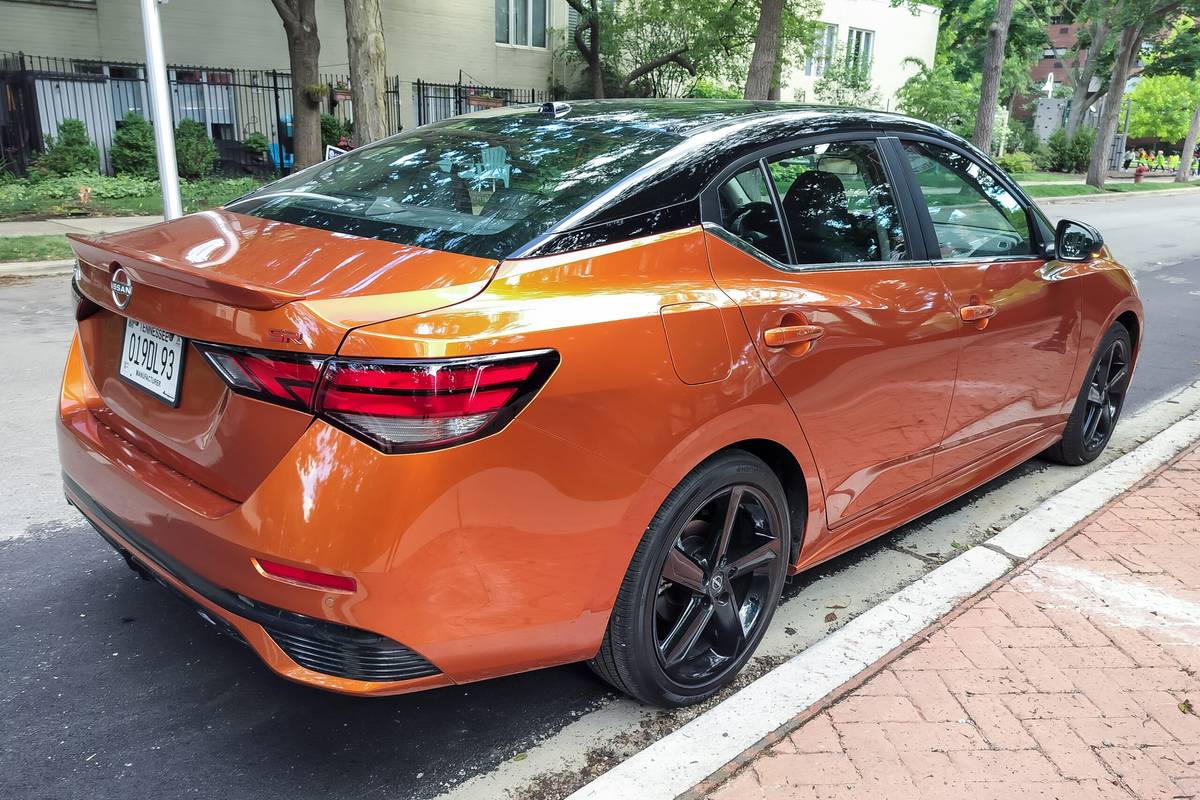2008 Mazda MX-5 Miata: What's New
Vehicle Overview
Ever since Mazda introduced the Miata as an early 1990 model, it’s officially been known as the MX-5 Miata. Anyone who has known the model, however, has known it as the Miata. Mazda discarded the Miata designation upon the model’s 2006 redesign. Officially, the two-seater is dubbed MX-5, but if you refer to it that way, expect a blank stare.
Changes for 2008 include the car’s first-ever driver’s seat height adjustment, a standard tire pressure monitoring system and, in the Touring and Grand Touring trim levels, a six-CD changer.
Now in its second year, the optional power-retractable hardtop gives the car greater four-season appeal, though it wouldn’t be our first choice for winter driving (or even our 100th). A manual vinyl top is standard, and a cloth soft-top comes in the higher trim levels. The retractable hardtop takes up no trunk space.
Exterior
The 2007 redesign was as substantial as the 1999 reworking, which did away with the pop-up headlights in favor of fixed units and a more curvaceous body. The current generation retains the fixed headlights but returns somewhat to the original shape, with fewer curves — except for the accentuated wheel arches that recall the Mazda RX-8.
The folding soft-top incorporates a Z-fold design that uses a single, centrally positioned latch handle. The top fits flush in its lowered position, so a detachable boot cover isn’t necessary. Standard wheels measure 16 inches in diameter, but 17-inchers are available.
Interior
Because there’s no backseat, the two occupants get more legroom than you might expect; a tilt steering wheel helps, but longer-legged drivers sometimes can’t find a place where their knees and the wheel can live in harmony. Occupants above 6 feet in height may fit with the help of the new manual height adjustment, but the taller you are the more claustrophobic you’ll feel and the poorer your sightlines will be.
The cockpit is wider than the prior generation’s and has greater hip room, shoulder room and elbowroom, but the difference isn’t as great as we’d hoped when Mazda set out to redo this model.
The interior is highlighted with chrome and silver accents, and the driver faces a three-spoke tilt steering wheel. Coated glass covers the instrument cluster for easy visibility, even in direct sunlight. Despite the car’s tight confines and the stereo’s close proximity, there are audio as well as cruise-control buttons on the steering wheel.
Three compartments are built into the back wall of the cockpit, and one storage area locks.
Under the Hood
The MX-5’s 2.0-liter four-cylinder develops 166 horsepower at 6,700 rpm. The engine has dual overhead camshafts and variable valve timing. Torque output is 140 pounds-feet at 5,000 rpm.
Three transmissions are available: a five-speed manual, six-speed manual and six-speed automatic, all of which drive the rear wheels. The six-speed manual has especially short throws. The engine’s output dips by 3 hp when it’s teamed with the six-speed automatic, which includes steering-wheel-mounted shift paddles for manual operation.
The roadster has a 50/50 weight distribution (front/rear) and precise rack-and-pinion steering for legendary handling and predictability. The Miata is one of the most fun-to-drive cars around, despite its relatively modest engine power.
Safety
All-disc antilock brakes and seat-mounted side-impact airbags are standard, as is a tire pressure monitoring system. Apart from an optional limited-slip differential, traction control and an electronic stability system are also available.
Featured stories

2026 Cadillac Vistiq Review: Luxuriously Normal



